True connected gaming emerged at the University of Illinois in the 1970s, when students first started using networked machines for the creation of multiplayer gaming. By the following decade commercial online games were being developed for early Windows PCs. Around this time companies such as Nintendo and, Sega started to dabble in networked console gaming.
However, despite experiments with both the Mega Drive and Saturn, it was Sega’s efforts with the Dreamcast that were the first to make any sort of mainstream impact. Online became a more prominent feature with consoles like the original Xbox and PlayStation 2, but most people would recognise the Xbox 360 as being the first console to truly establish mass-market online multiplayer gaming. Now online features in modern games are a given, and games that feature no internet functionality at all are almost a curiosity!
The next era of online games will go beyond simply allowing players to connect with one another. The games of the future will utilise the power of remote machines to enhance a user’s experience, as well as offer a swathe of other services such as game streaming and subscriptions.
Microsoft are at the forefront of this technology drive. The platform holder recently announced the formation of a brand-new cloud gaming division, signifying that its recent acquisitions and staff reshuffles are starting to take shape within the company. The new division was masterminded by Microsoft’s head of gaming Phil Spencer and will be headed up by 20-year Microsoft veteran Kareem Choudhry. Its main task will be encouraging developers and publishers to embrace Microsoft’s growing list of cloud services.
Indeed, last year’s smash hit PlayerUnknown’s Battlegrounds famously moved from Amazon’s servers to Microsoft’s Azure network when the game released on Xbox One last autumn. Ubisoft’s Rainbow Six: Siege is another high-profile Azure partner. In fact, Azure is now central to a huge number of sectors across the technology world including app services, web hosting, mobile engagement, storage services, data management, SQL databasing, messaging and streaming to list but a few.
One of the Microsoft services currently making the biggest splash is the Xbox Games Pass, which is now available as a subscription service on Xbox One and PC. It offers a growing library of nearly 200 titles, both from Microsoft and other publishers, all of which can be downloaded and played as much as a user likes for as long as their subscription remains active. Content includes not only Xbox One and PC titles but also a selection of backwardly compatible Xbox 360 and original Xbox games.
The current selection includes hits such as Bayonetta, Rise of the Tomb Raider, the BioShock series, XCOM, Resident Evil, Payday 2, Banjo Kazooie, Street Fighter IV, the Fable series, Cities: Skylines, Limbo, ReCore and Virtua Fighter 5.
Furthermore, Microsoft surprised just about everyone when it announced that in the future its new Xbox and PC releases will also be available to Xbox Games Pass users, with new titles arriving on the service the very same day they hit store shelves. That means Rare’s recent pirate hit Sea of Thieves is available to everyone on Xbox Games Pass and future releases in hit series such as Halo and Forza, and upcoming releases such as Crackdown 3 and State of Decay 2 will be too and the vast majority of these will be released for both Xbox One and PC, too.
It’s fantastic value for just £7.99 per month. Essentially, any gamer who expects to buy two Microsoft games a year can instead spend the same amount on a subscription and get a whole extra library of additional titles to boot.
Xbox Games Pass is a fascinating move for Microsoft, and one that some predicted no platform holder would ever be brave enough to make. A few companies have now had a stab at what you’ll regularly see referred to as a ‘Netflix for games’ and with mixed results. Early pioneers such as OnLive set the groundwork for these successes but were unable to make them financially viable. EA offers its EA Access subscription service on Xbox One and Sony offers a streaming service on PlayStation 4. But Microsoft is the first to include new releases at no additional premium.
Speaking of streaming that’s an area into which we can expect Microsoft to take growing strides. Whereas services such as Xbox Games Pass allow users to download and install games to their machines, streaming services instead see users tap into a game that is in fact running on a remote system, in much the same way as a Netflix user watches a video stored on one of the company’s servers.
Microsoft sees streaming as an important part of getting games onto a wider selection of devices. After all, if you want to play a modern release like Sea of Thieves on the move, that means carrying around something with the computational power of an Xbox One. If you streamed Sea of Thieves, however, you could play it on your phone or tablet. Phil Spencer has previously indicated that he expects to see an Xbox streaming service in place by late 2020.
Microsoft may be one of the leading forces in the future of cloud gaming, but it is far from the only one. Just recently publisher Ubisoft announced a partnership with internet giant Google to build an open-source tool which developers can use to build multiplayer games.
It’s called Agones, which is a Greek word for ‘contest’. Agones will be designed not only to host multiplayer content but also offer a range of in-built tools for developers such as matchmaking, server management and marketplaces. It’s built around Google’s Kubernetes system, which is a modern alternative to the traditional server clusters used by current multiplayer services. Saying that, the Kubernetes system can be implemented on any network, meaning that it’s a great match for lots of clients. Google intends for its model to become the new standard in the delivery of multiplayer gaming.
Ubisoft’s experience with games such as Rainbow Six: Siege and For Honor will be vital in helping grow Google’s understanding of the requirements of a modern multiplayer game. It will also, of course, help Ubisoft provide its current and future players with the best possible multiplayer services.
While for years gaming has relied on the console under your TV or on your desk, in the years to come the systems and networks at the other end of your broadband line will become just as important. And as more cloud networks are developed and refined, the better the experience that can be offered to gamers. The development of these technologies is both a fantastic opportunity for content providers and wonderful news for content consumers. Cloud computing will open up a world of exciting new gaming experiences to consumers that were scarcely imaginable years ago.

